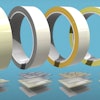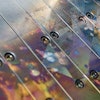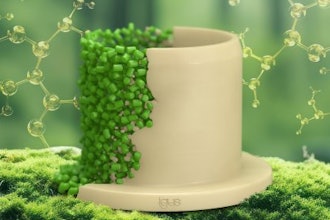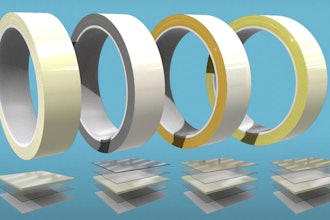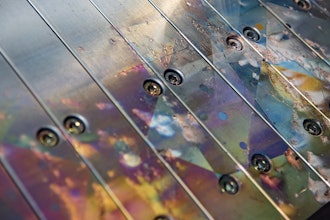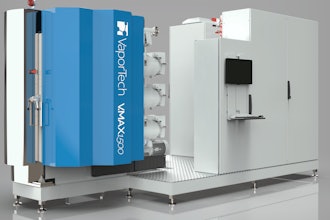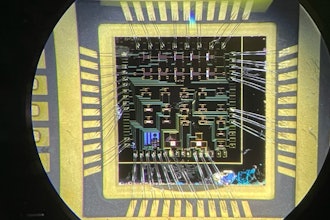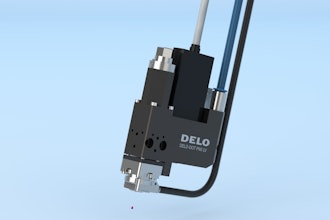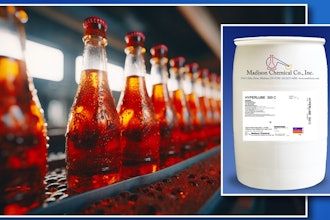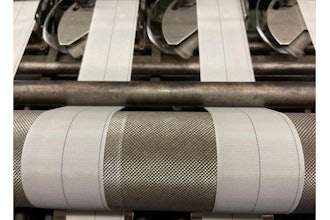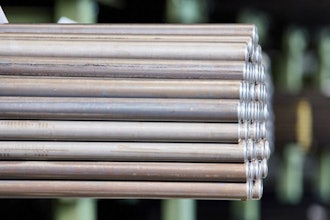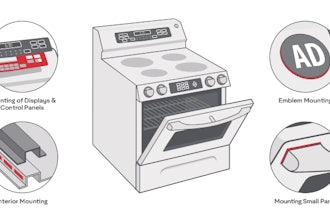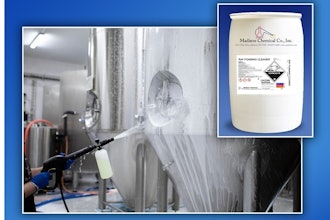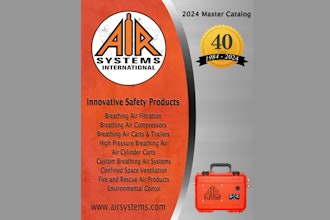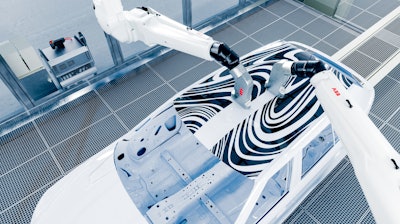
Previously, applying a two-tone or customized design onto bodywork was a time and labor-intensive process that required the vehicle to be put through the painting line twice, once for the first layer and then, after the areas had been masked, again for the second color. Typically, masking the bodywork required around 10 to 20 operators per shift, with two operators also needed to de-mask it after the second color had been applied. With only 70 to 80 percent of the paint being applied to the bodywork surface, significant quantities of paint are wasted, increasing costs through recycling and having to purchase additional paint.
The innovative PixelPaint solution from ABB (Auburn Hills, MI) incorporates a high painting inkjet head, dosing control package and easy to use RobotStudio programming software for two tone and decorative painting applications. Pixelpaint is available as a cell using two ABB IRB 5500 robots. The non-overspray technology prints paint directly on to a target area using the printing nozzle head instead of spraying with a conventional atomizer, resulting in 100 percent transfer efficiency.
www.abb.com; 248-391-9000


